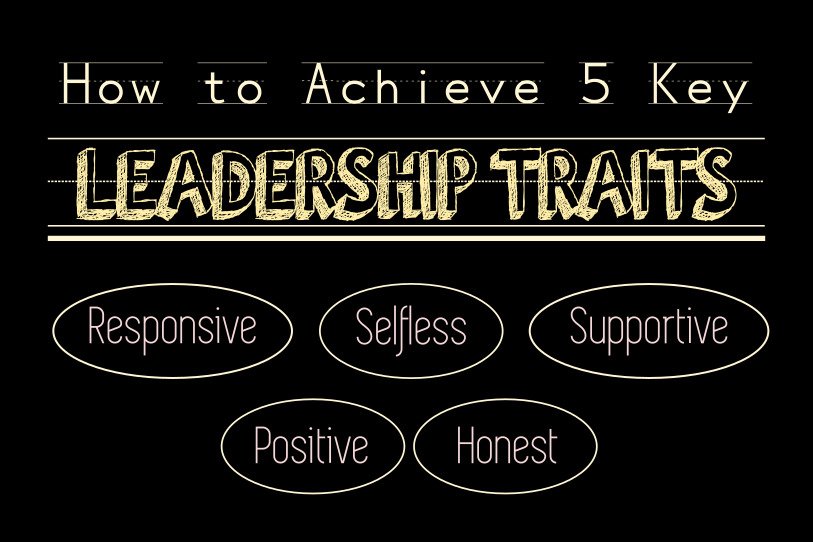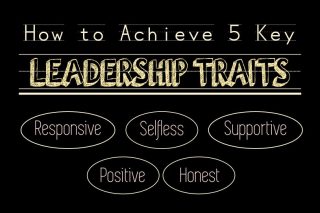
I have been fortunate to experience leadership from both the corporate arena and from a consulting perspective, where, interestingly, I have found that the dynamics of human leadership are the same everywhere. Candidly speaking, a lot of people in leadership positions do not know how to lead. Many times, people who do a specific job really well are promoted into management, which requires a completely different skill set they do not possess. New leaders are usually lacking at least one of the key leadership traits. Some are able to learn the skills necessary to be an effective leader, while others would have been better left in their original positions. I will never forget one of my favorite jobs I had to leave because a new boss was intolerable. You remember your difficult bosses, too, I know!
Having witnessed those less-than-ideal leaders, I am constantly impressed when I meet a great leader, who demonstrates confidence and wisdom, exemplifies the company brand, and drives top talent to their company. They have mastered the five key leadership traits that bolster their employees’ brand as well as their own. If you are a leader, working on these five traits can transform your team-leadership skills, catapulting you ahead in your career and creating loyal employees ready to outclass the competition. These traits also apply to how you work with colleagues, so everyone can benefit. Whatever your place in the organization, I encourage you to read these tips with an open mind and ego, as YOU may be what is standing in the way of your own success.
Five Key Leadership Traits and How to Achieve Them
Key Leadership Trait #1: Selflessness
Have you heard of servant leadership? It’s all about leading with compassion, grace, and selflessness. Many leaders have trouble with the “selfless” part! Insecurities lurk within many people’s psyches, but that is no excuse to let those insecurities bulldoze everyone else. This is particularly true for leaders who feel threatened by their employees’ successes, causing them to steal credit that otherwise would have helped a team member’s career.
How to Be a More Selfless Leader
Look for opportunities to publicly praise your team for a job well done, even if it means sharing credit that would have otherwise been yours. Not only will you earn the trust and respect of your employees, but you also will earn valuable advocates who may provide a reference or other testimonial to your leadership value.
Key Leadership Trait #2: Positivity
Think about your own life. Do you respond better to positive people or negative people? Amid personal or professional challenges, some bosses behave in a discouraging manner, turning to fretfulness and negativity as their go-to setting instead of as the occasional funk we all experience. Not only does negativity put people on edge, it also stifles hope and forward motion.
How to Be a More Positive Leader
Check your attitude at the office door! Each morning when you face your first employee, whether virtually or in the office, do your best to be optimistic and approachable. Keep your facial expressions free of anger, annoyance, worry, and bitterness. Also watch your vocal tones to ensure they are inspiring positivity instead of extinguishing it. You’ll be surprised at how even small adjustments can lift employees’ attitudes and encourage them to keep going.
Key Leadership Trait #3: Responsiveness
An unresponsive leader builds uncertainty in their employees. Every tardy text or delayed decision creates insecurity among the team, particularly when the boss regularly uses silence to avoid a topic, decision, or confrontation.
How to Be a More Responsive Leader
Silence is deafening (and anxiety inducing), especially when an employee is waiting to discuss a sensitive matter such as a grievance or a request for a raise. Remember, no matter your reason for the delay, your employee sees only your lack of response. Responsiveness doesn’t mean you need to make snap judgments, but if your response needs some time, send a courtesy message to that effect. Try to provide a quick response to help the employee move along or to soothe their concerns. Provide a specific date or time you will address the matter—and never make employees wait over a weekend!
Key Leadership Trait #4: Honesty
It’s no surprise that when leaders lie, they demotivate their employees. Whether it is a white lie or an obvious deceit, no one will trust the word of a leader who intentionally muddies facts with misinformation.
How to Be a More Honest Leader
This one is easy: tell the truth, every time, all the time. If an employee asks when they will be considered for a raise, don’t be vague or give a date you know is not realistic. If the company has a freeze on raises until 2021, say so. Be forthcoming, even at the risk of losing that employee to a competitor. Better yet, go to bat for the employee, and find a creative compensation solution that will show your support.
Key Leadership Trait #5: Supportiveness
If you always are tearing down your employees’ ideas and results, then you become part of their performance problem. In fact, a hypercritical boss has trouble acknowledging when things are going well. They might say that things should go well as a matter of regular business, but they might also use this as an excuse to not recognize or to devalue their team’s talents and contributions. The fastest way to lose a great employee is to make them feel underappreciated!
How to Be a More Supportive Leader
Even when an employee’s project failed or their customer interaction took a turn, there is something positive to focus on in every situation. Find it, and lead with it. As part of the sandwich method of offering constructive feedback, opening and closing the conversation with positive points is an extremely effective way to deliver feedback without it seeming heavy handed or demoralizing. See if you can find a few moments every day to appreciate your employees for specific work done well.
In Conclusion
If you see one or more opportunities to use this list to improve your leadership skills—good for you! Great leaders evolve with time and practice. With many of us still partially working from home, we are blessed with a chance to evaluate ourselves, to test out new approaches, and to enhance our key leadership traits for the better. How will you get started?


Leave a Reply
You must be logged in to post a comment.